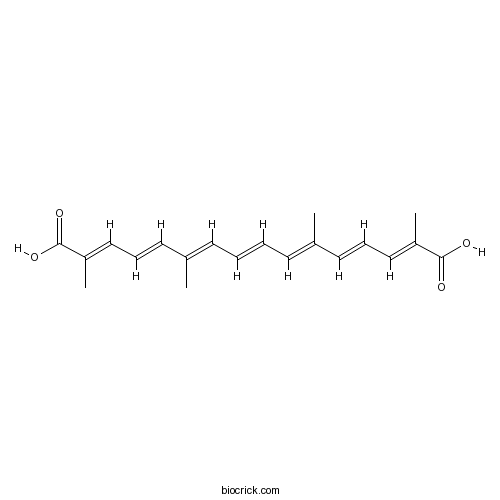Cryptomeria japonica
Cryptomeria japonica
1. The products in our compound library are selected from thousands of unique natural products; 2. It has the characteristics of diverse structure, diverse sources and wide coverage of activities; 3. Provide information on the activity of products from major journals, patents and research reports around the world, providing theoretical direction and research basis for further research and screening; 4. Free combination according to the type, source, target and disease of natural product; 5. The compound powder is placed in a covered tube and then discharged into a 10 x 10 cryostat; 6. Transport in ice pack or dry ice pack. Please store it at -20 °C as soon as possible after receiving the product, and use it as soon as possible after opening.
Natural products/compounds from Cryptomeria japonica
- Cat.No. Product Name CAS Number COA
-
BCN2372
Croceic acid27876-94-4
Instructions

Leachate from fine root litter is more acidic than leaf litter leachate: A 2.5-year laboratory incubation.[Pubmed: 30021175]
Some tree species increase fine root production under soil acidification, thus changing the balance of litter input from leaves and roots. Litter leaches a significant amount of acidic materials during its decomposition, which might facilitate soil acidification. In this context, we focused on dissolved organic matter (DOM) as the major component of acidic materials. We hypothesized that both the quality and quantity of DOM, which control its function (i.e., proton supply), differ between leaf and root litter. To test this hypothesis, we conducted a 2.5-year laboratory incubation experiment using fresh fine roots and fresh green leaves as litter of two coniferous species (Cryptomeria japonica and Chamaecyparis obtusa) and investigated the leachate pH and DOM composition based on the optical properties. After the early stage of decomposition when flash leaching of DOM converged, the amount of dissolved organic carbon (DOC) leached from roots increased again and leachate pH declined. In contrast, DOC concentrations continued to decrease in leaf leachates during the incubation period, and the pH decrease was not as striking as that of root leachates. Optical properties (ultraviolet visible absorption and fluorescence) of DOM revealed that humic-like substances in DOM played a central role in the acidic pH of root leachates. The total amount of protons released from roots of C. japonica and C. obtusa is about 13 and 18 times higher, respectively, than that from leaves. These results imply that the increase of fine root biomass may induce a positive plant-soil feedback in acidic soils, affecting soil biogeochemical functions of terrestrial ecosystems.
Structure and Enzymatic Properties of a Two-Domain Family GH19 Chitinase from Japanese Cedar ( Cryptomeria japonica) Pollen.[Pubmed: 29756783]
None
Identification of novel putative causative genes and genetic marker for male sterility in Japanese cedar (Cryptomeria japonica D.Don).[Pubmed: 29685102]
Japanese cedar (Cryptomeria japonica) is an important tree for Japanese forestry. Male-sterile marker development in Japanese cedar would facilitate selection of male-sterile plus trees, addressing the widespread social problem of pollinosis and facilitating the identification of heterozygotes, which are useful for breeding.


